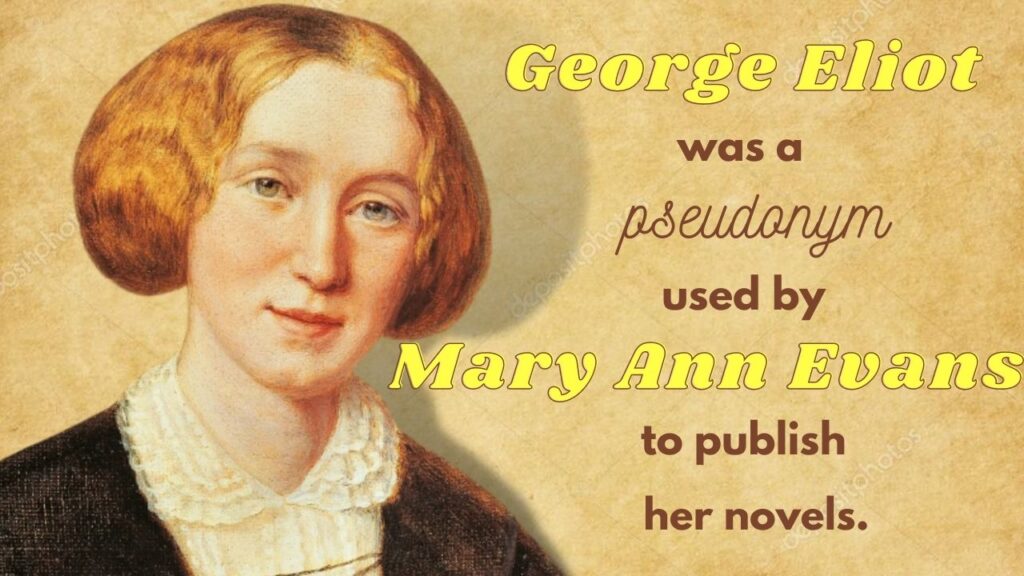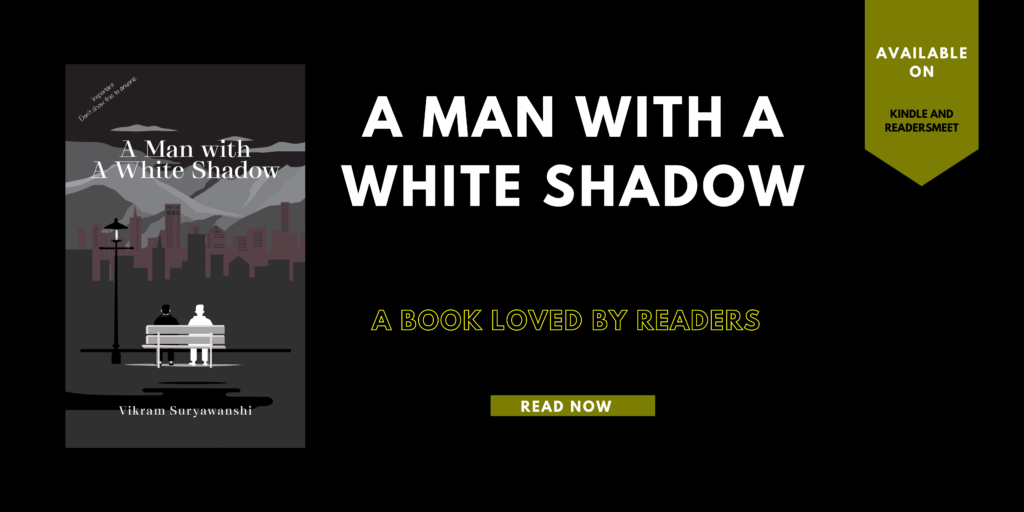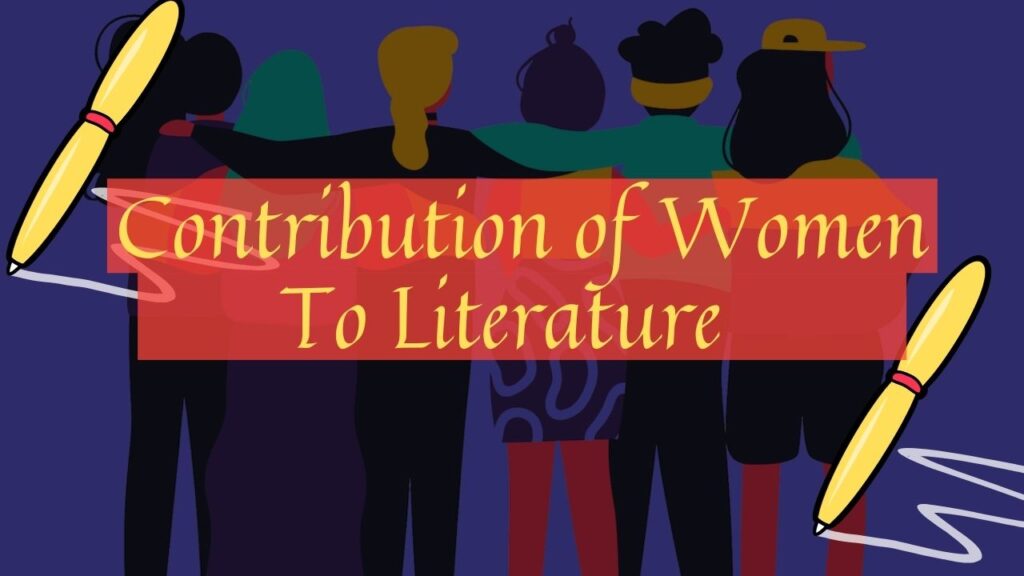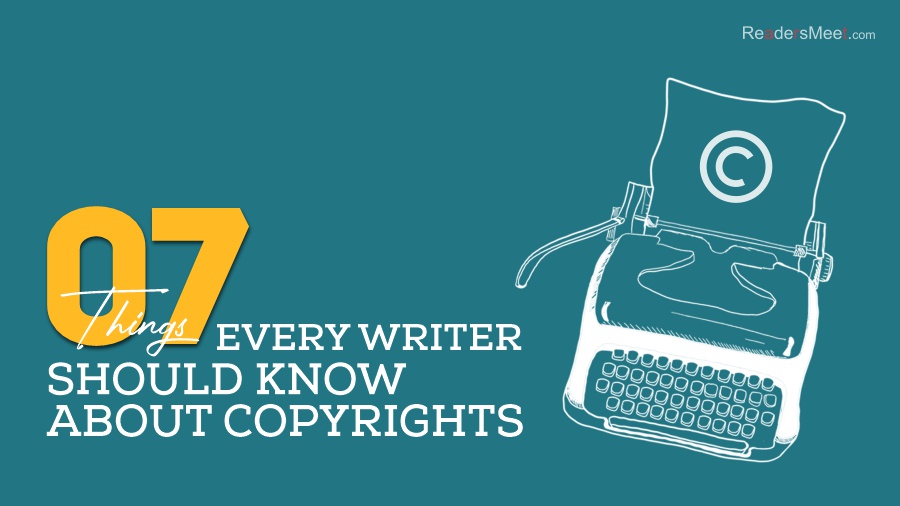Who do you think is the greatest writer of all time? Did you think of names such as William Shakespeare, Charles Dickens, George Orwell, or likes of other such male authors? With the male writers predominantly populating the canon of literature, we often tend to forget immense contributions of women writers in literature such as Charlotte Brontë, Emily Dickinson, Virginia Woolf, Jane Austen and others. Let’s have a look at these contributions.
1. Women laid path for emergence of new writers in Literature
From sitting in kitchen, and narrating folk tales to their children, to being readers and then prolific writers, women definitely had a long journey before getting the recognition they deserved. While women were writing from as early as 17th century, they were dismissed and rarely read or published. With rise of feminist movements and treatises such as A Vindication of Rights of Woman by Mary Wollstonecraft, women rose to educate themselves and publish their works.

Even then, they would often adopt male pseudonyms in order to publish their work. George Eliot was a pseudonym used by Mary Ann Evans to publish her novels. In fact, the Brontë sisters also wrote under a different name. Not only that, but they also struggled with crafting their own experiences. This lead them to emulate the style and narratives of their contemporary male writers. Eventually, they progressed into a finding their own voice and bringing their issues to forefront. As a result, today we have plethora of women writers such as Toni Morisson, Margaret Atwood, Kiran Desai, etc.
2. Women broke gender stereotypes in literature
Written from a male gaze, earlier literature works portrayed women characters to fit into mould of either an angel or a devil. In other words, women could either be sacrificial, fragile and pure hearted individuals or a devil threatening to break the very notions of a functioning society. Furthermore, women were expected to stay at home and fulfil their duties as a wife and a mother. In fact their education was restricted to taking lessons in cooking, embroidery and other household duties. And women writers opposed this ideal of the Victorian in their works.
Women writers brought in depth take on women’s psyche and struggles against patriarchy. Shashi Despande being one of them, wrote about complex female characters with internal monologues. These monologues showed the fragmented psyche of women as well as independent and educated women who earn their own livelihood. Others such as Sylvia Plath talked in-depth about women body as being centre of male gaze and exploitation as well as the oppressive forces of patriarchy. Works such as these break gender stereotypes and pave way for the new women of 21st century.
3. Exploration of taboo issues and societal standards
The major contribution of women to literature has been their exploration of societal standards. Pioneer of such is Jane Austen whose works repeatedly explored the standards set for women, typically being marriage and gentility. Her works explored vanity of societal rules in the Victorian England. Much like that taboo issues such as women sexuality and passion often find expressions in work of women writers. Emily Bronte’s Wuthering Heights clearly shows the passions of the female protagonist in her novel despite its consideration as a taboo issue in the society. Ismat Chugtai’s work on other hand explore sexuality. Lihaaf, her short story, shows one of the examples of how men treat women as trophy wives. But the subtle representation of lesbianism in it is the truly groundbreaking achievement on her part. Such complex issues saw the light of day primarily due to women who wrote about it in their works.
4. Developing language to record women experiences
Narratives of men use a language which lack the capacity to represent women’s experiences. In fact, the language we use predominantly lacks semantics to precisely encapsulate women’s struggles and needs. As women recognised this, they broke the rules of language in their work to create a language of their own. Emily Dickinson often in her poems broke the phallocentric rules of language by using dashes to emphasise certain words as well as express the pain and struggles of being a woman. Similar to her, Sylvia Plath’s works also communicated to audience via a new language. This new phase was only possible due to women who were adamant in bringing their voices to literature.
5. Numerous work across varied genres and styles
From Jane Austen’s romance novel Pride and Prejudice to Marry Shelley’s horror novel Frankenstein, women have wrote across multiple genres including fantasy, historical fiction, etc. Not only that, but multiple formats, of their works, from novels, poems, dramas, etc. are also available. Some famous playwrights include Aphra Behn, Rachel Crothers, Lorraine Hansberry etc. As for novelists, the list is endless. It includes the works of famous earliest novelists like Jane Austen, Charlotte Bronte, George Eliot, Louisa May Alcott. And then also of modern writers such as Margaret Atwood, Toni Morrison, Agatha Christie, Jhumpa Lahiri. Best part is that each year new additions take in this list. Lastly, we have some well-known poets like Emily Dickinson, Sylvia Plath, Sarojini Naidu, Adrienne Rich etc. as well. With the works being immense, we have only included names of the select few but nevertheless contribution of women to literature extends far beyond than this.
We hope that this blog gives you a glimpse into some of women writers contribution in literature. Leave a comment below and let us know any other that you would like to add to this list!
Also, if you are looking for something fresh to read, you can take a look at A Man with A White Shadow by Vikram Suryawanshi.




